Scandal of Paris’s shoddy Philharmonie
mainWhen the new Philharmonie hall opened in January the architect Jean Nouvel asked for his name to be removed as many of its intended features had been omitted or left unfinished. He also boycotted the opening.
Two months later, Finnish journalist Janne Koskinen visited the hall and found continued shoddiness and dereliction, which he has posted on his blog, among them:
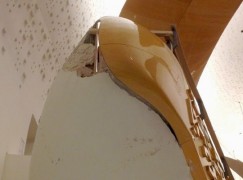
– uncovered plaster in public areas
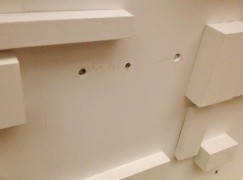
– unfinished joinery
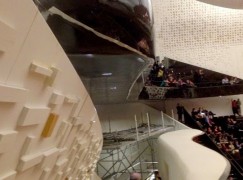
– parts of the interior held together by scaffold.
For shame.



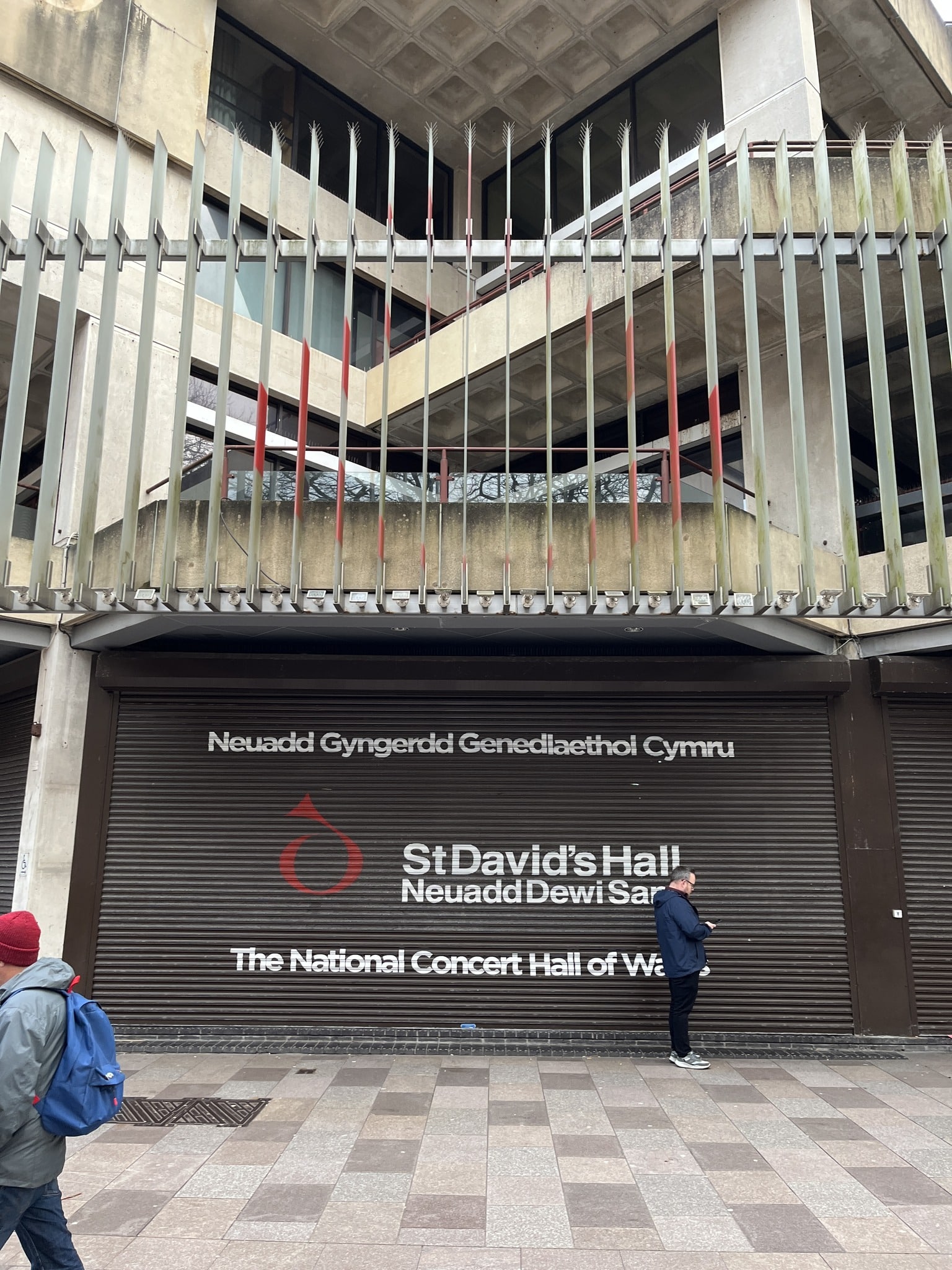
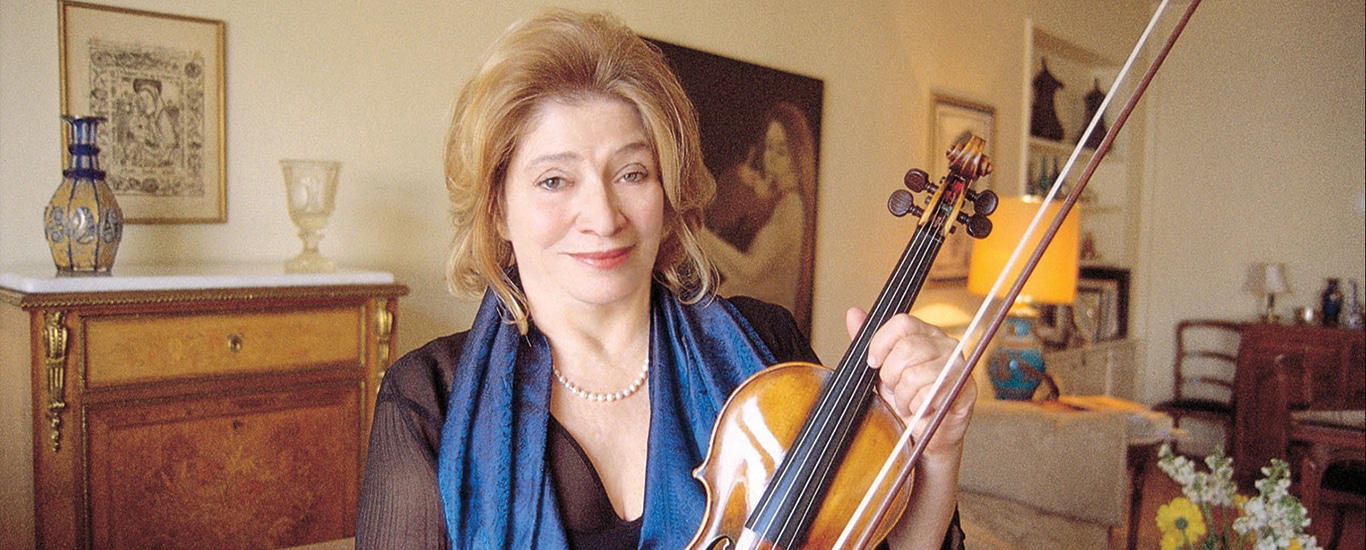
Shoddy. Really. Did this “journalist” actually visit the inside of the building, not just the main hall? Did he take the trouble of contacting the persons actually responsible for building the thing and having to cope with the whims of an impossible architect? Yes, the hall is unfinished and it shows, but there’s nothing shoddy about the construction. “Parts of the interior held together by scaffold.” Really? Do you believe the hall would crumble if they took it away? Are you actually aware how it’s constructed?
A very cheap shot, this one.
3 cheap shots.
It’s always the “impossible architect,” that is to blame if anyone on the construction team is assessing blame. Every building built is a huge custom designed product with plenty of blame to go around and rarely one party entirely at fault. But, this new Philharmonie Hall, it seems, may have more blame to share than most such projects.
Reminds me of the French car I once bought new. Never again!
Performing arts buildings are very complex and exacting in terms of construction. There are many specialist construction techniques, materials and products that go into these facilities. The opening date is often set before construction starts. A slip-up due to weather, unforeseen site conditions, changes by client or owner, delays in receiving specialist products from the manufacturer can throw the schedule resulting in a mad rush to complete the facility in time for opening night. Errors and unfinished work remain after the posh gowns and penguin suits leave after the gala performance.
It is not uncommon for there to be a period of several months of ‘punch list’ items to be repaired or corrected by the installing contractor as a result of trying to complete the project ‘on schedule’. Yes, there also are examples of ‘shoddy’ workmanship that one might think to be an ‘after wine’ lunch work period.
What this journalist noted is not an uncommon condition for such a technically complex facility and are certainly representative of some of the performing arts projects I have worked on as an acoustician.
I will be visiting this hall in October as part of a concert hall design conference at the Philharmonie.